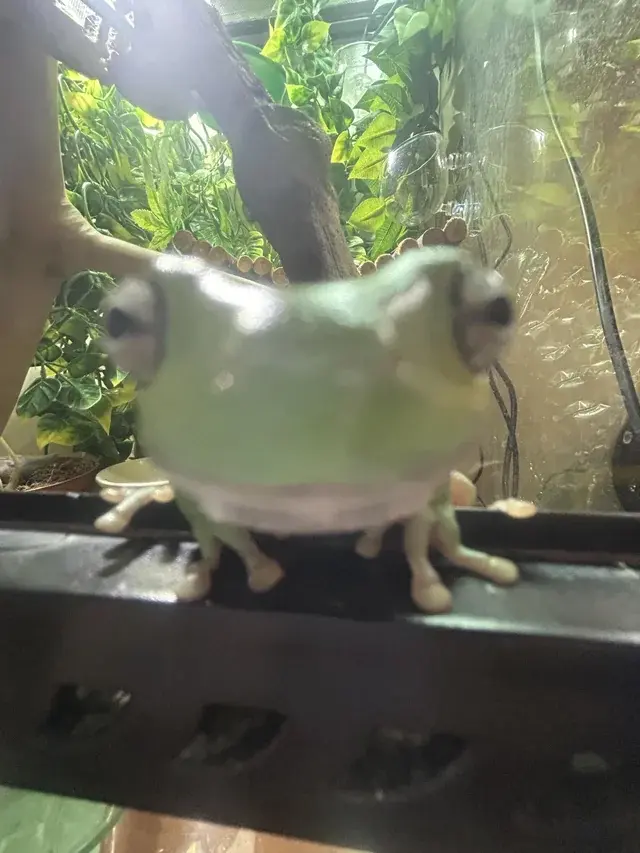So, I assume that if you put 100 people on a spaceship and sent them to wherever, they’d get very inbred in a few generations. How many people would you need for this to not happen, accounting for the fact that there will eventually be people who are infertile or die before having children?
Pro tip: take frozen sperm/eggs with the ship. Can be used to infuse the population with fresh genetic material.
There are different answers depending on the end goal.
Mere survival: Isolated human populations have been bottlenecked to as few as a few hundred individuals and survived, IIRC.
A quick search says biologists like to see 25+ breeding pairs to maintain an animal species (if I’m reading that correctly). So 50-100 seems like pretty close to the minimum.
Long-term colony building with full genetic diversity needs a lot more: At least one estimate is as high as 40,000 people. The high number is for Earth-like diversity in the population, and with no need for any overarching breeding program, so it’s really kind of an outlier scenario. That 40k figure can be pared down significantly if you have strict protocols, or accept some loss of diversity.
So anywhere from 50 people to 40,000 people, but the end result will look wildly different at the extremes.
I like your answer because I feel the only real answer you can have is “more is better, less is worse”
How many should you take for good diversity? All 8 billion, more if you can find them.
It seems very plausible that if you can make a generation ship, you could make something like CRISPR to artificially increase genetic diversity/eliminate potential birth defects. Or perhaps just store genetic material for more people than the actual colonists on the ship. You’d probably want to hedge your bets in case there’s a low survival rate. There’s a lot that could go wrong. Ecosystem failure, negative effects of radiation, or just good old fashioned murder.
just bringing a ton of frozen sperm and eggs is honestly the real answer i feel, why worry about bringing a bunch of living people who need resources and stuff, when you can just bring a quarter of earth’s diversity with you in the freezers?
The two downsides to this is that people can’t really have kids with each other, and if the freezers malfunction you’re a bit in the shit.
On a scale from Hapsburg to Earth, how do you want your new colony to go?
We can have a little bit of hapsburg, as a treat.
I’ve seen the jaw, I don’t think you can have a little hapsburg.
Thanks, ChatGPT.
LOL. I mainly got the idea of using genetic modification to increase diversity of a small population from the book Seveneves.
As I understand the article, it relates to the wild conditions. There is some evidence of lucky population that can survive after only 20 human bottleneck - https://en.wikipedia.org/wiki/Pingelap. And humanity itself could have faced around 1000 spices bottleneck - https://en.wikipedia.org/wiki/Population_bottleneck.
That does not apply to humans who are capable of intentionally avoiding certain breeding problems, and also who have medical knowledge that can apply even if it does happen.
This has been modeled. Though I don’t have any references at hand, this is what I remember.
If you want to allow people to choose mates and breed normally, you’d need at least 3000 people, 4 to 5000 would be better.
If you are strictly controlling genomes and breeding pairs, ignoring monogamy and social norms. You might be able to get away with 100 if you selected for maximum initial genetic diversity. But 200 would be easier.
… strictly controlling genomes and breeding pairs, ignoring monogamy and social norms, …
Now kith
You can read that as the meme reference and the dictionary meaning of relations.
If you are strictly controlling genomes and breeding pairs, ignoring monogamy and social norms. You might be able to get away with 100
In a Sci fi context where we have generation ships, I would add frozen sperm/eggs to the equation and even artificial womb. In like a 100kg package you can store a lot of genetic material. That’s pretty fucked up (and a nice writing prompt) but definitely doable.
At this point the question is also cultural what is the minimum amount of person to keep a population able to maintain a large ship over centuries and produce enough food
i don’t think it’s that fucked up to have everyone with a womb be a surrogate mother, you’d just have to select people who are okay with it. There’s nothing wrong with being a surrogate, it’s basically just adoption except you get to give birth to the child.
What if you went full eugenics and started out with a bunch of hot chicks?
That low end of 100 would be with full eugenics. Selecting for genetic diversity, not for “hotness”.
If you were selecting for that, it would mean less genetic diversity, you might start seeing problems within 5 generations. But that’s just me speculating.
Look, I’m not a doctor, I just need to know if there’s gonna be hot space chicks.
Duh. Why else go to space?
Thanks that’s useful. My guess (WAG), on orders of magnitude was that 1000 would be too small, but 10,000 might be enough.
It’s the wrong place to ask, but if I liked this question, where should I be subscribed to besides !space@mander.xyz ?
Depending on your preferences, !biodiversity@mander.xyz and !biology@mander.xyz are both pretty great.
I was more thinking of the space / rockets side of things but you got me. I’m already subscribed to both
Nah, you’d ideally want 150-200, but 100 (20something and younger) would be fine assuming a random sample from all over.
The danger is the reinforcement of negative recessive genes. So if you just grab 100 from one area, there may already be common dangerous recessives that would become an issue in a few generations.
But grab a random sample of the billions of humans worldwide, you’d have the same number of “dangerous” recessives, just different ones. That would take a long time to spread within the new population.
It’s not like similar DNA is bad, it’s just compounding of recessive genes when there’s no natural selection. Which is why all the big examples of inbreeding is medieval royalty. They didn’t need to be physically/mentally capable of surviving, because they had inherited wealth.
Even better if the sample is not random, but at least screened for some genetic issues.
similar DNA is bad actually, the whole point of sexual reproduction is to increase diversity to make the population as robust as possible. If you have a ship full of clones all it takes is one virus/bacteria/fungus mutating in just the wrong way and everyone will get infected.
Like, this is why we got a new type of banana some decades ago, it’s all giant monocultures which is hilariously vulnerable to disease.
I don’t think you realize the genetic diversity even among a close family…
But I have no idea why you’re talking about clones.
Kind of like if I said billionaires shouldn’t exist and you lept to saying that means I want money to not exist anymore
The obvious solution here is to include frozen gametes in the ship’s cargo to increase the diversity of the population. It would be culturally easiest with frozen sperm but if necessary you could include eggs as well, provided people are willing to be surrogate mothers.
i don’t think it would even be that much of a concern, really. Not only can one person have multiple children (so you can do one surrogate and one genetically yours), but there are plenty of people who’d just be happy they get to give birth to their child and couldn’t care less about genes.
In the Galaxy’s Edge series this is tangentially addressed, the TLDR is that there are other implications of being on a ship for generations that outweigh the genetic problems. The Savages have a well earned title fwiw both in origin and action. It is a bleak outlook on the concept but I don’t think it is farfetched given everything we are living through right now.
Not what you mean, but one woman and a shit-ton of frozen sperm and ova would probably work, say 3 for redundancy…
There are actually two issues:
-
The most obvious effect of inbreeding is the increase in homozygosity for deleterious mutations, causing more birth defects.
-
A subtler effect is the loss of genetic diversity reducing a population’s ability to continue to evolve in response to future selection pressures. This would be especially important when migrating to a new environment with new selection pressures the species has never encountered before.
Of course once they arrive and population expands we can expect random mutations to build up over the next 100k years or so. If you can last that long.
And presuming a species that built a generation ship doesn’t have the ability to handle these environmental changes (either through “fixing” the environment or the genes). And there are two migrations here. I’m not seeing much targeting the earth to generation ship migration directly here. But, they’d all die in free space so the ship is an environmental “fix” and they may need a genetic “fix” to handle things like long term exposure to lower gravity, or some quirks of centripetal gravity.
-











